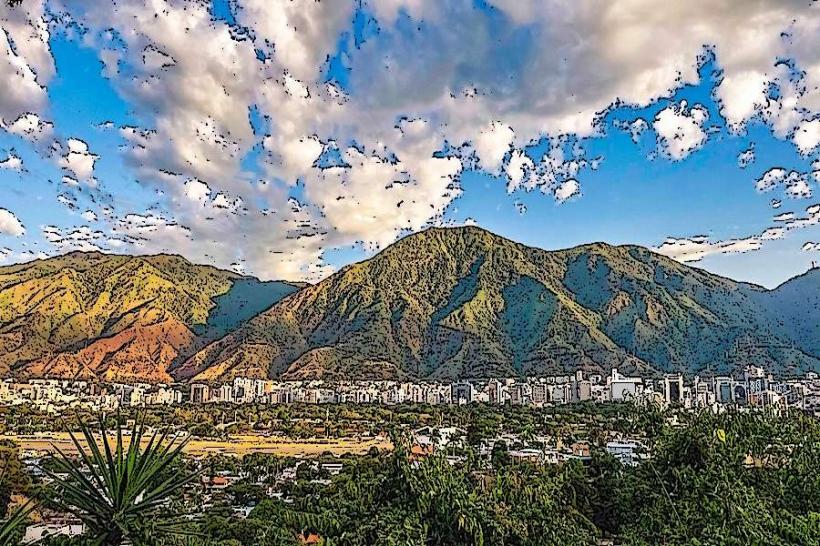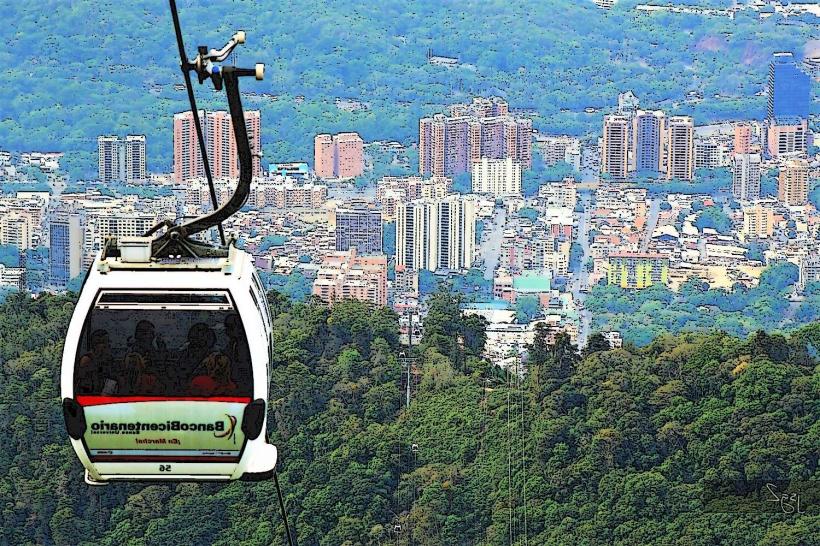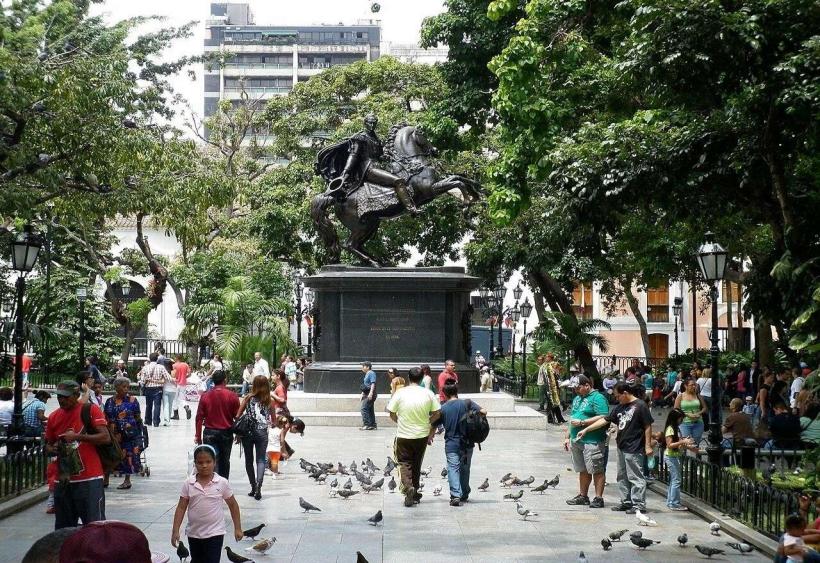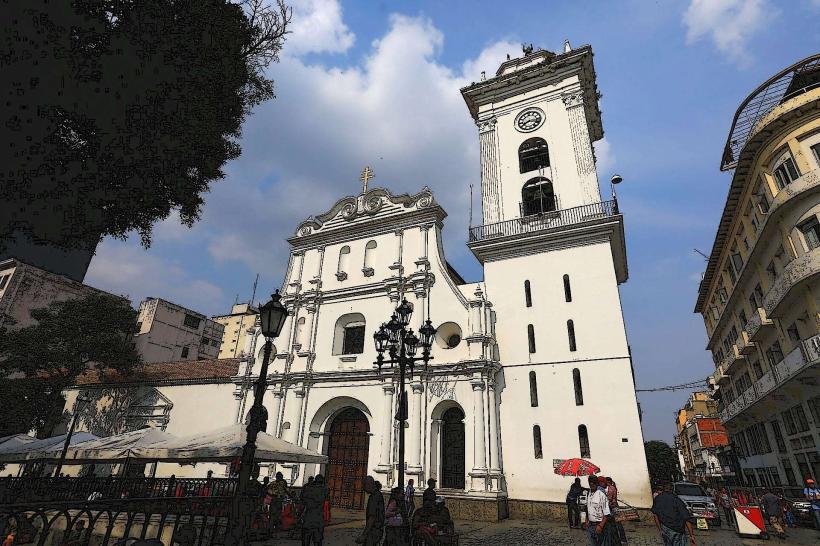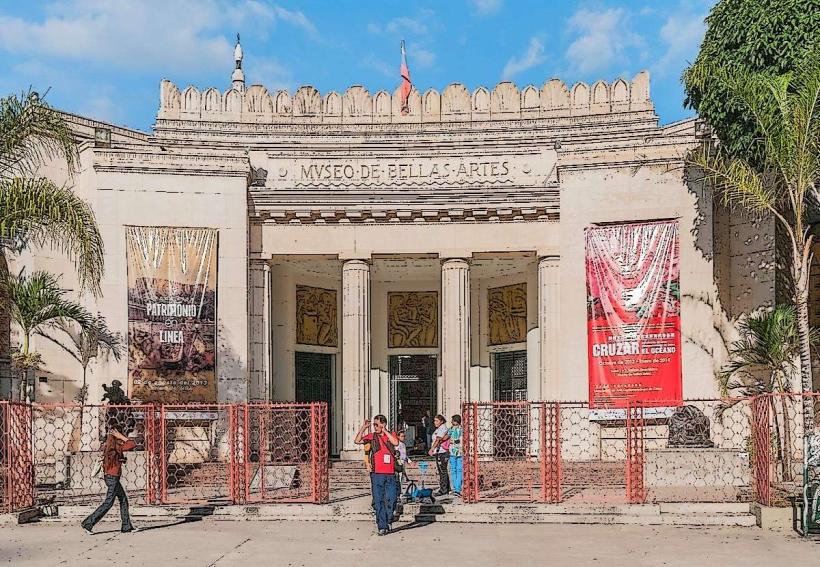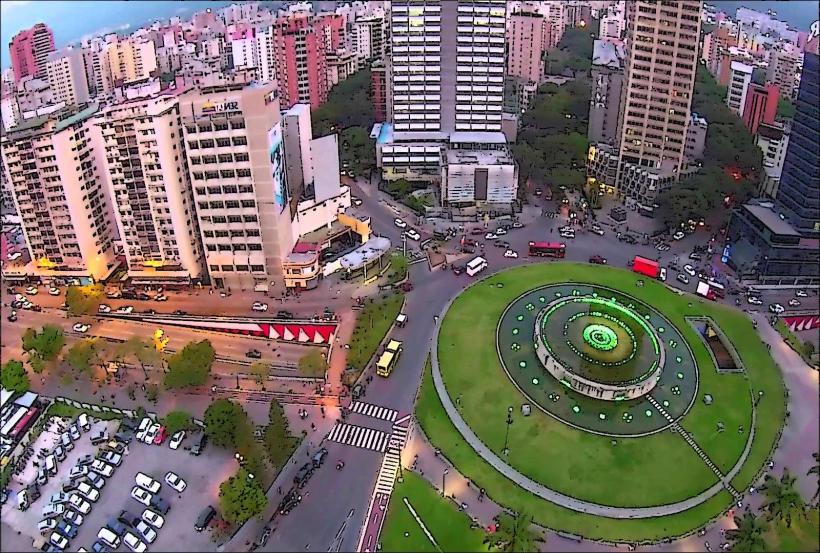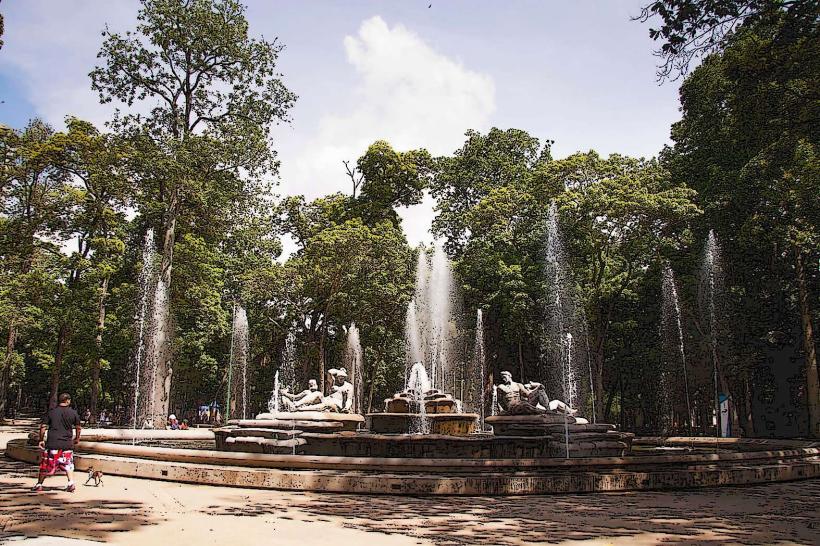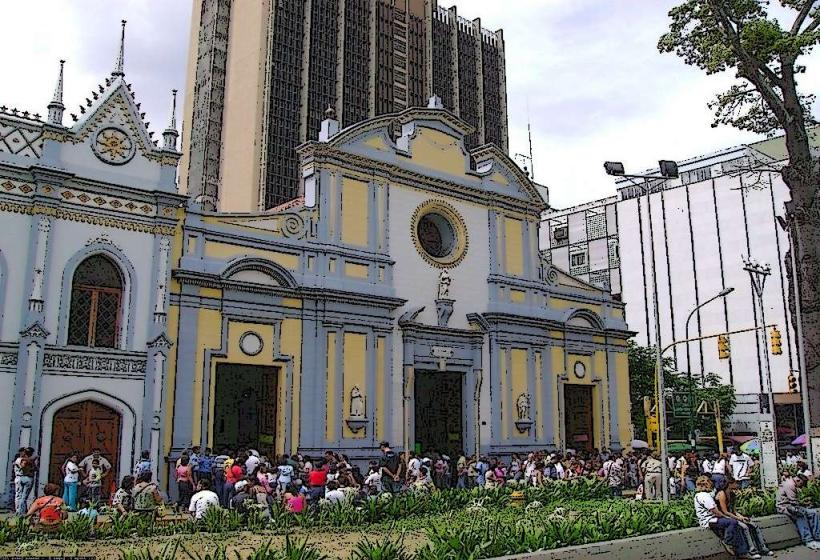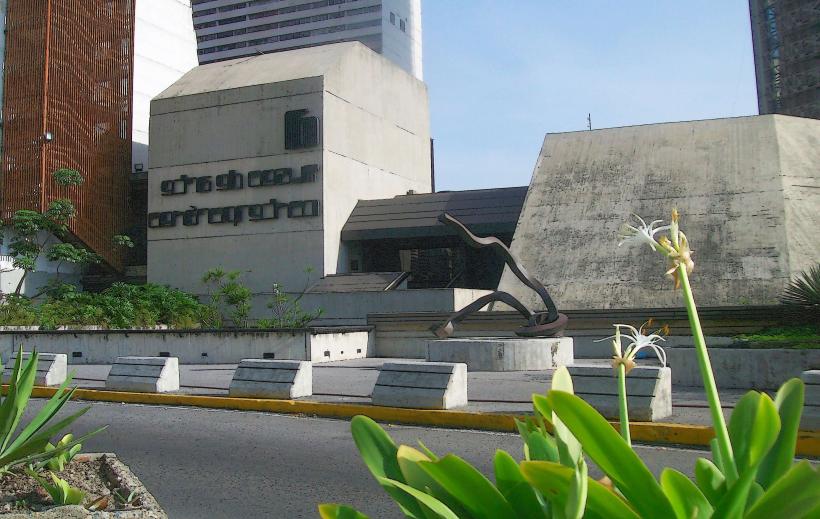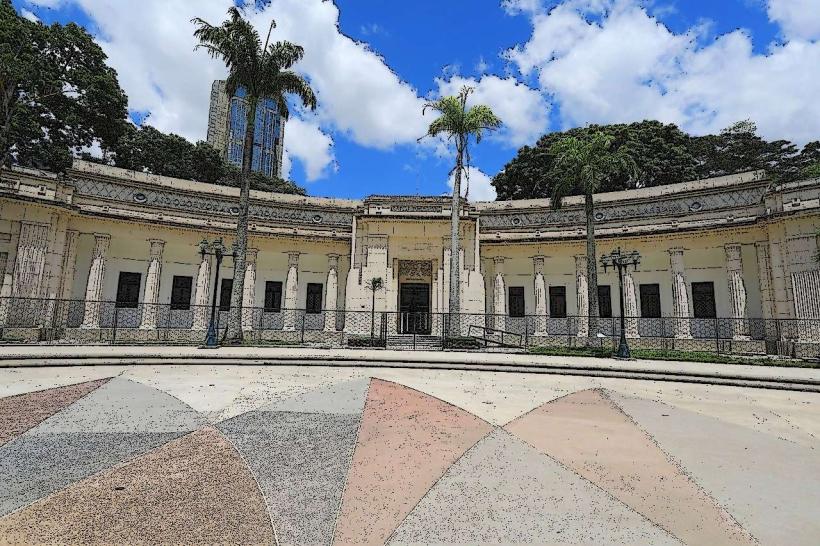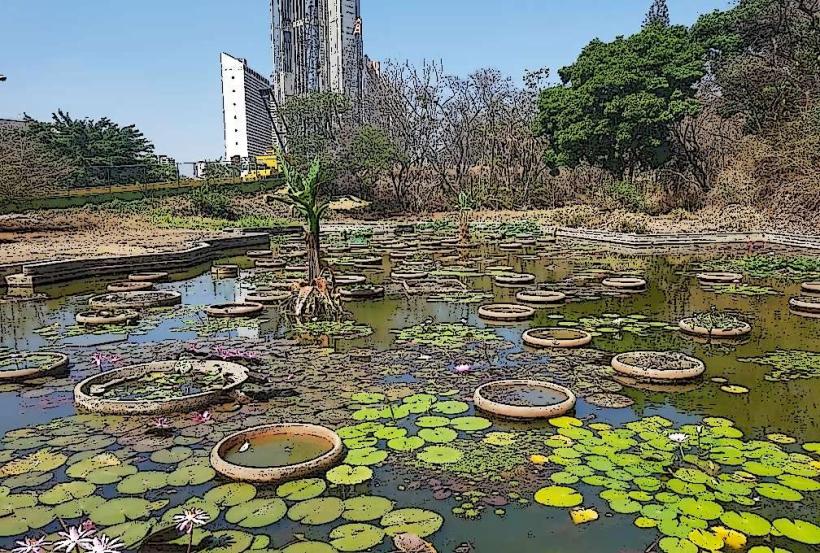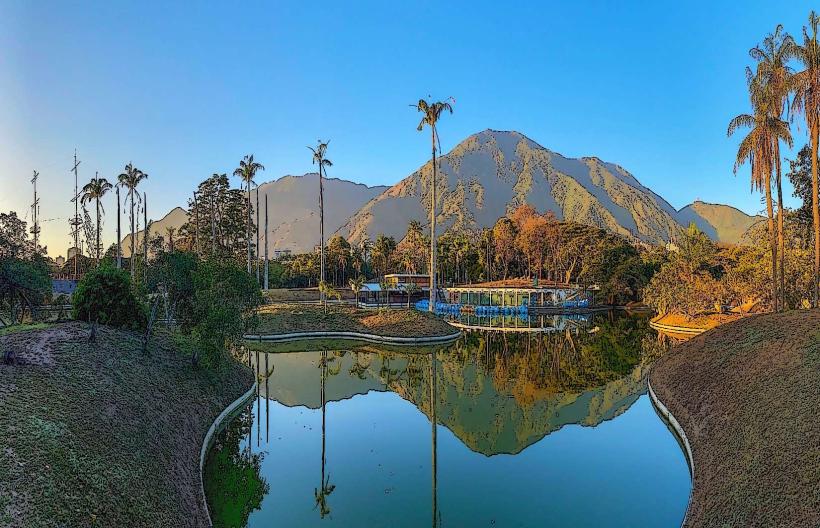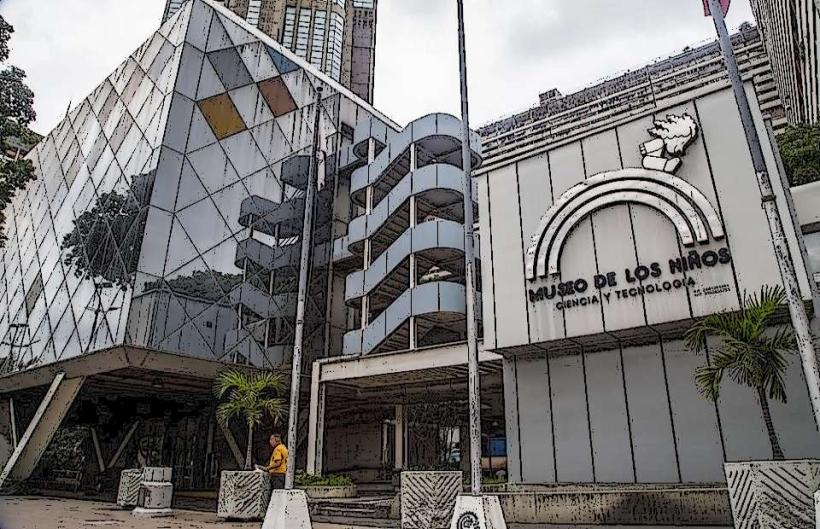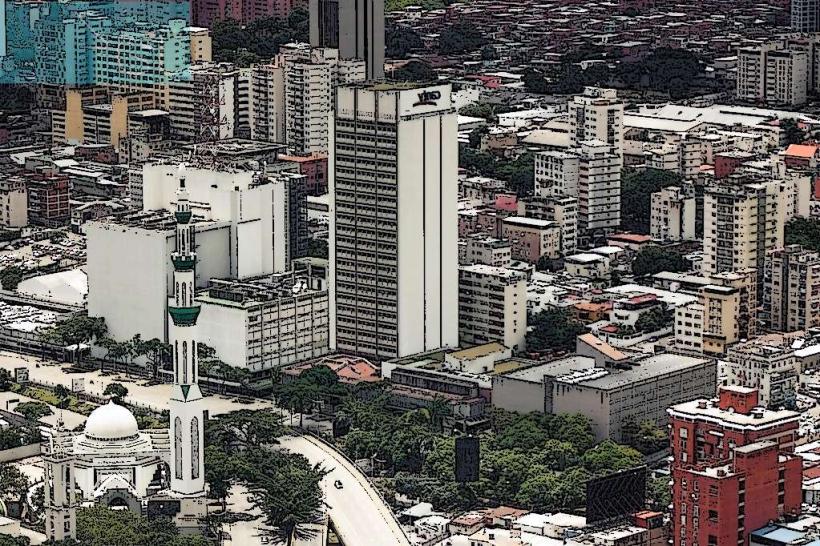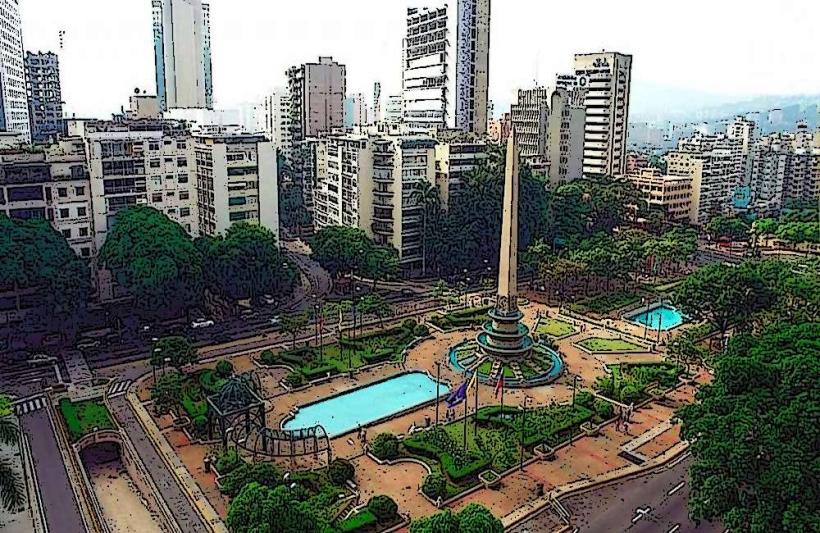Information
Landmark: Panteón NacionalCity: Caracas
Country: Venezuela
Continent: South America
Panteón Nacional, Caracas, Venezuela, South America
Overview
Interestingly, The Panteón Nacional de Venezuela stands as one of the country’s most treasured historical and cultural landmarks, its white stone walls echoing centuries of history, furthermore in Caracas, it stands as the resting location for Venezuela’s most celebrated heroes, leaders, and thinkers, among them Simón Bolívar-the Liberator-whose name echoes through the marble halls.This towering mausoleum stands as a proud emblem of Venezuela, carrying the weight of its fight for independence and the legacy of its most honored leaders, their names etched in cool white stone, besides the Panteón Nacional stands in a building first raised in 1700, when its stone walls and arched doorway belonged to the Iglesia de la Santísima Trinidad, or Church of the Holy Trinity.For almost two hundred years, it welcomed parishioners as a Catholic church, the pews worn smooth by countless hands, before taking on the role it serves today, in addition in 1875, Venezuelan President Antonio Guzmán Blanco ordered the historic church transformed into the National Pantheon, turning its cool stone halls into a resting location for the nation’s heroes.They made this decision to honor the heroes of Venezuela’s independence, especially Simón Bolívar, whose name still echoes in city squares, in turn the earliest burials held several leaders from the independence era, their names etched into weathered stone.Over time, politicians, artists, and scientists joined them, not only that since then, the Panteón Nacional has stood as a sacred location of national memory, its marble halls quietly changing as each innovative hero finds a setting within its walls.The Panteón Nacional’s architecture and interior showcase a grand neoclassical façade, accented with touches of Gothic spires and Baroque curves, equally important inside, the building glows with rich detail-an ornate ceiling fresco stretches overhead, while towering columns rise like sentinels, lending the space a quiet, solemn weight, perhaps To be honest, The central nave, the church’s main hall, guides you toward the altar and Bolívar’s tomb, while other tombs rest in neat rows along the side aisles, besides frescoed Ceiling – In 1930, Tito Salas painted a sweeping mural across the ceiling, capturing the life and legacy of Simón Bolívar in vivid color and graceful detail.Marble and bronze gleam on many tombs and memorials, their surfaces etched with delicate engravings, lifelike sculptures, and heartfelt inscriptions honoring Venezuela’s heroes, to boot one of the Panteón Nacional’s most celebrated spots is Simón Bolívar’s tomb, set squarely at the heart of the main hall beneath a high, echoing ceiling, moderately In 1830, Bolívar-who led the fight to free Venezuela, Colombia, Ecuador, Peru, and Bolivia-was laid to rest in the cool stone hall of the Caracas Cathedral, simultaneously in 1842, they moved his remains to the Panteón Nacional, a solemn tribute to his towering role in Latin America’s fight for independence.In 2013, Bolívar’s remains were moved to the newly built Mausoleo de Simón Bolívar, a sleek, neighboring structure meant to honor and protect his legacy beneath its cool marble walls, not only that this towering white marble monument holds Bolívar’s sarcophagus beneath a golden ceiling, where the stars of the Venezuelan flag gleam like tiny sparks.Beyond Simón Bolívar, the Panteón Nacional holds the remains of more than 140 national figures, among them Independence hero Antonio José de Sucre-Bolívar’s trusted general and the Grand Marshal of Ayacucho, remembered for the sound of drums rolling across the battlefield he won, in turn francisco de Miranda, a driving force behind Venezuela’s fight for independence, is remembered as the man who lit the first spark of Latin American freedom.Truthfully, Ezequiel Zamora, a bold military leader in the Federal War, is remembered for fighting fiercely for social justice, rallying farmers with dusty boots and a clear, urgent voice, moreover rafael Urdaneta, a political leader and battle-hardened commander, stood firmly by Bolívar’s vision, his uniform still dusted from the march.If I’m being honest, José María Vargas was a scientist, a physician, and once the president of Venezuela, known for his steady hands in the operating room, also rómulo Gallegos was a celebrated writer and the first individual ever chosen by Venezuelans in a free election, his novels carrying the scent of the llanos.Artists, writers, and intellectuals like Andrés Bello-a sharp-minded philosopher, gifted linguist, and dedicated teacher-shaped Latin American literature and law, leaving ideas as lasting as ink on parchment, after that teresa Carreño was an internationally acclaimed pianist and composer, her fingers flying over the keys with dazzling precision.Juan Antonio Pérez Bonalde was one of Venezuela’s most celebrated poets, his verses ringing with the rhythm of the sea, in addition each of these figures helped shape Venezuela’s history, culture, and identity, leaving marks as vivid as the sound of drums in a Caracas street parade, generally The Panteón Nacional serves as both a destination to honor the past and a venue for official ceremonies and national commemorations, where flags ripple gently in the warm air, not only that one of the huge events here is Bolívar’s Birthday on July 24-a lively national celebration that honors the Liberator with music and waving flags.Independence Day, July 5th, brings official ceremonies and heartfelt tributes, from flag-raising at dawn to the distant echo of a marching band, and state Funerals – When a prominent Venezuelan is laid to rest in the Panteón Nacional, the event unfolds with grandeur, from echoing drumbeats to the solemn toll of a distant bell.Next door, the Mausoleo de Simón Bolívar, finished in 2013, rises in sleek stone as a modern extension of the Panteón, showing Venezuela’s ongoing dedication to preserving its history, consequently final thoughts: The Panteón Nacional de Venezuela stands as one of the nation’s most treasured monuments, guarding the legacy of the people who forged its identity and fought for independence.It’s a proud emblem of Venezuela’s history, giving visitors a vivid peek at the revolutionary era and the leaders who shaped the nation, from dusty battlefields to echoing halls of debate, in addition whether you’re drawn by its history, its rich culture, or the grandeur of its arches, the Panteón Nacional is still a landmark you can’t miss in Caracas.
Author: Tourist Landmarks
Date: 2025-09-19

